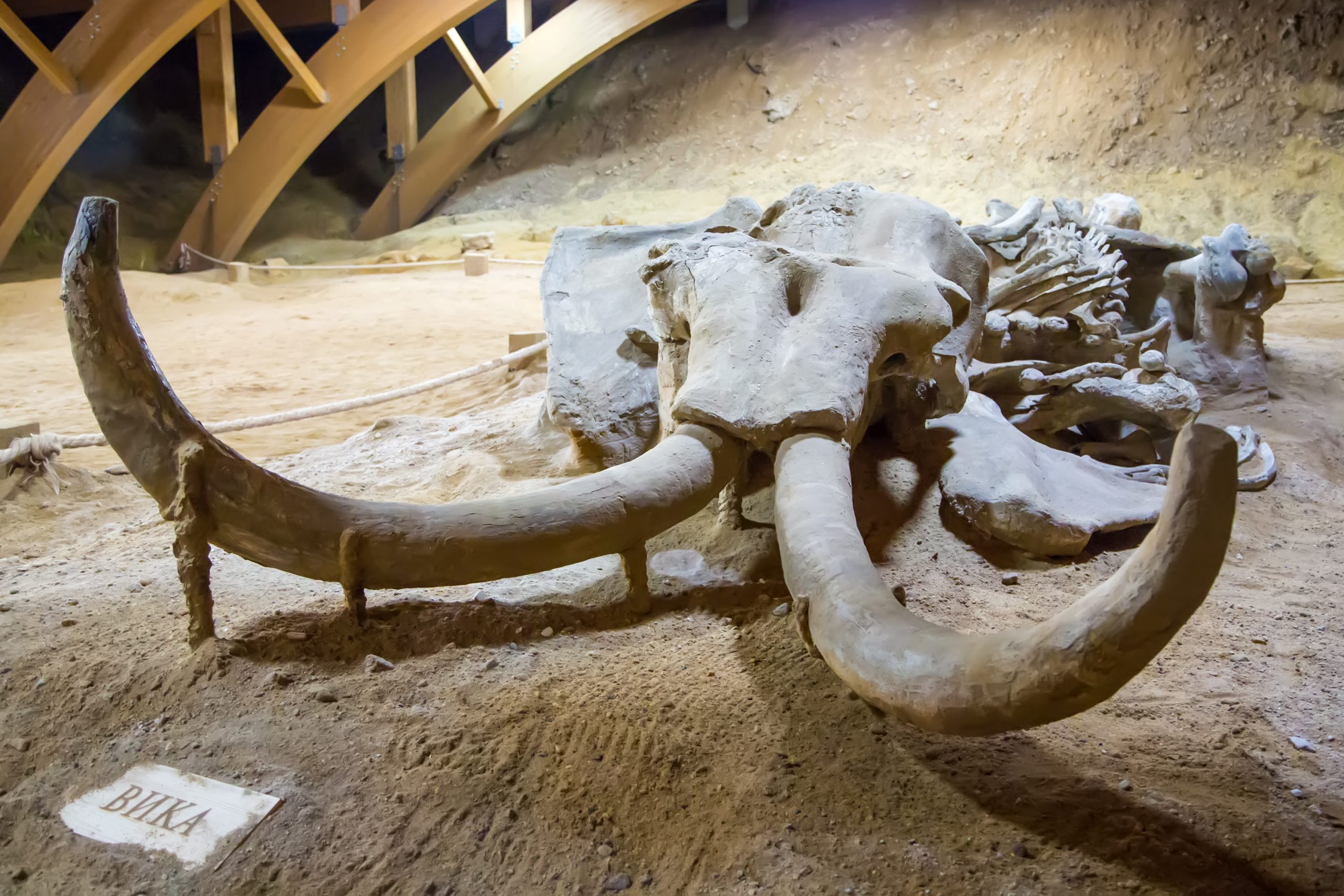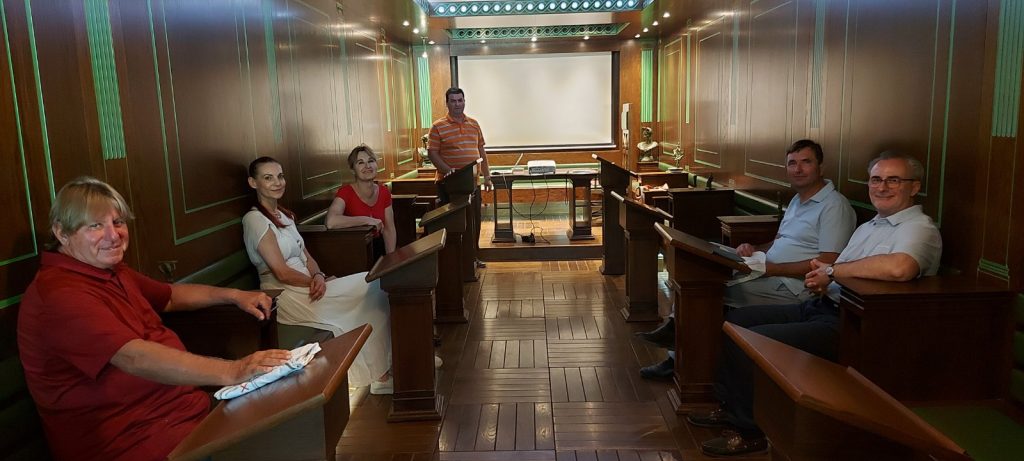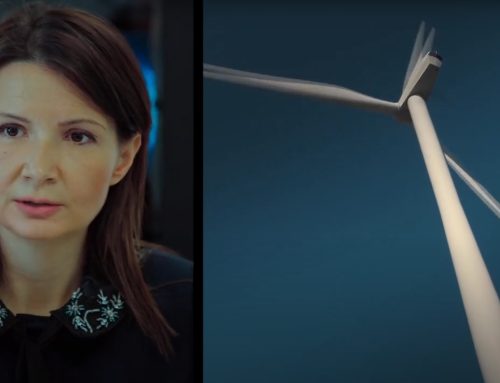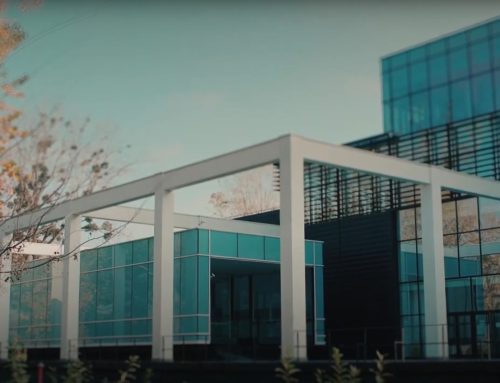“I arrived in the village of Kostolac and found 4,000 wagons, yes, four thousand wagons loaded with Roman bricks ready for sale at the Požarevac market for 10 to 15 para per piece,” wrote Felix Kanitz, an amateur archaeologist, in the mid-19th century while traveling through the Danube region. Almost two centuries later, artifacts that primarily testify to the Roman presence in this area are carefully preserved in the Viminacium Archaeological Park near Kostolac.
Located at the confluence of the Mlava and Danube rivers, Viminacium was a military fortress two thousand years ago, and today it is a rich archaeological site. The history of this place has been tumultuous – Roman emperors came and went, and almost all of them passed through Viminacium. In the sixth century, it was taken by the Avars, and little is known about the medieval period, but some currents believe it was a Bulgarian fortress known as Braničevo at that time. Thus, it is one of the many historical and tourist treasures on the territory of our country that should be cherished.
The Viminacium Archaeological Park is now open to tourists, offering them the chance to feel the spirit of ancient times by exploring the Roman baths, amphitheater, mausoleum, and more. This site is managed by the Archaeological Institute, whose work is supported by several projects funded by the European Union. One of the significant donations were two remote sensor worth almost 33,000 euros – that are of exceptional importance in archaeological research.
In the name of the Delegation of the European Union to Serbia, Martin Klaucke, Head of Operations, visited Viminacium. He praised the work of the archaeological park and the good cooperation with the Archaeological Institute, one of the 18 Research and Development Institutes supported by the EU, and reminded of the close collaboration between the Institute and the European Union.
„The EU is proud to provide support to the ongoing reforms of the public sector Research and Development (R&D) institutes. This is support to excellence and relevance in scientific research in Serbia and is the key element for the future development of the country. Within this project, R&D institutes are receiving individualized technical assistance through consulting, participation in collaborative projects, joint trainings, thematic networking events, and study tours on specific topics. The selected 18 institutes from various fields of science also receive substantial support in transferring knowledge and technology to local and global economies and addressing societal challenges. We are happy to see the improvements and results achieved by the Institute of archaeology that we visited today and are impressed with the Viminacium archaeological site“, said Klaucke on that occasion.
The Archaeological Institute was founded almost 80 years ago and gathers researchers from both the country and the world, who strive to raise community awareness about the importance and protection of cultural heritage. Scientific excellence is one of the mottos of the experts employed in this institution. So far, they have participated in eight European Union projects, with the most significant project, due to its scope, being SAIGE.
S
SAIGE
The Serbia Accelerating Innovation and Growth Entrepreneurship Project (SAIGE) supports the further reform of the scientific research sector, strengthening the ties between the economic and academic sectors, and the development of innovative business enterprises.
The funds for the implementation of the SAIGE project were provided through a joint investment by the Republic of Serbia, namely the Ministry of Science, Technological Development and Innovation through a loan and technical support from the World Bank amounting to 43 million euros, and a non-repayable financial grant from the European Union amounting to 41.5 million euros.
The Project’s aim is, firstly, to improve the relevance and excellence of scientific research, as well as to enhance the capacity of scientific research organizations, and secondly, to promote innovative entrepreneurship and access to funding sources for the growth of companies, thereby contributing to the growth and competitiveness of the Serbian economy.






